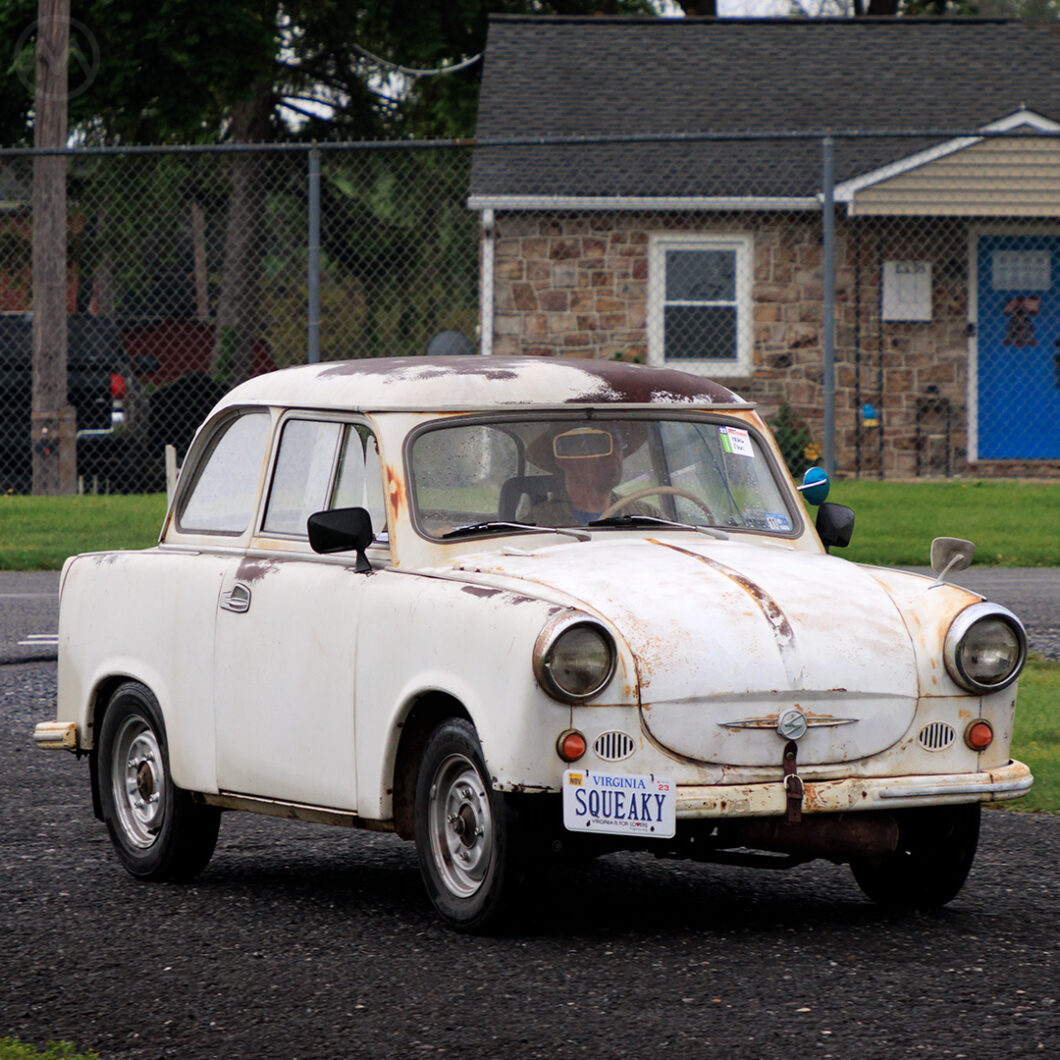One wonders what the people who built this Trabant 600 would think of it now. Could anyone in East Germany in 1963 ever have foreseen the little Duroplast wonder barrelling down the roads of Virginia’s Shenandoah Valley en route to a car show full of Americans? Probably not. The Trabant was created by a government committee as cheap transportation for East German workers, and 1963 was just two years after the rise of the Berlin Wall.
Nevertheless, six decades later Squeaky, Adam Bashaw’s 600, is on the road here after an unlikely trip across the Atlantic and many long periods of disuse. On the weekend these photos were taken it did a 300-mile round trip to Pennsylvania for Carlisle Events’ Import-Performance show. Months earlier it had done a 200-mile round-trip to Washington DC’s Spy Musuem-hosted annual Parade of Trabants. Not bad for a weatherbeaten, 60-year-old Communist economy car that arrived at Bashaw’s house having grenaded a piston.
Like most Trabant-related events, the Spy Museum’s parade is dominated by later 601 models. The definitive “Trabbi,” that 1964-1989 version found global fame as a symbol of the fall of Communism, famously littering Berlin’s alleyways around the time of U2’s Achtung Baby. Bashaw also has a 1984 601 now, the engine of which is now powering the 600, but it was the earlier cars that sparked his interest.
That’s partly because they’re a little different in character, with jauntier styling and a feel more in keeping with similar cars of the late 1950s. They also have less cultural baggage than the 601, though importantly not none. While years of underinvestment and neglect later left the 601 hopelessly outmoded compared to cars like the Mk1 Ford Fiesta, early Trabants actually compared pretty well to West German alternatives and even managed to win a few export buyers.
Resuscitating the 600 and truly using it (on everything from DoorDash deliveries to long trips) are hero moves, but also ones enabled by the car’s designed-in simplicity. The Zwickau workers would never have predicted it, but quickly became the center of attention at Carlisle and had Bashaw answering non-stop questions about it for two straight days.
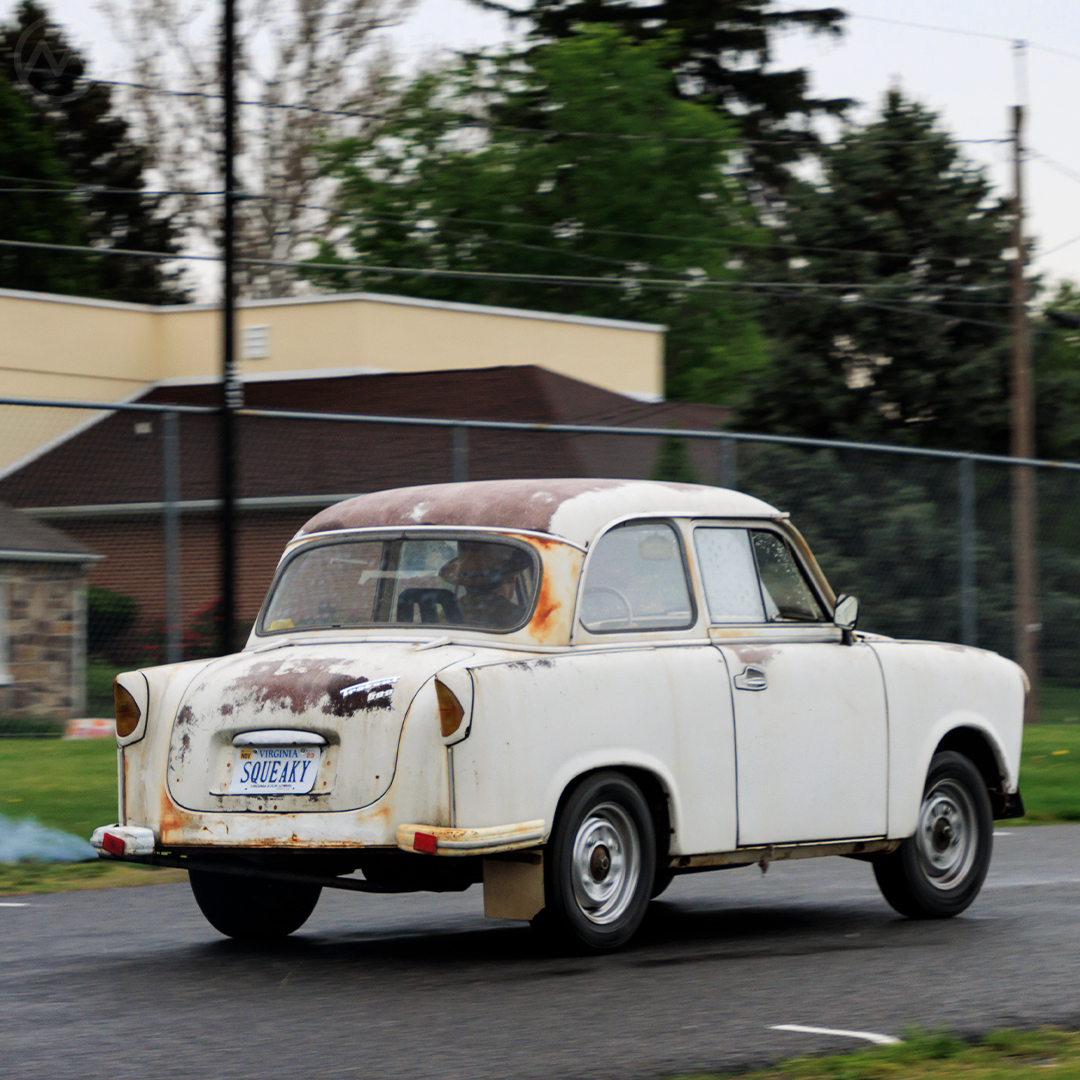
The East German People’s Car
The Trabant idea, a “people’s car” for the German Democratic Republic (GDR), first formed in late 1953 as a reaction to the violent worker uprisings against GDR leadership earlier that year. The government, led by Stalinist Walter Ulbricht, felt that improved standards of living would win back some loyalty, and cars were definitely something people wanted. In January of 1954 the Council of Ministers (Ministerrat) issued a design request for what became the Trabant.
The brief, likely a direct response to the success of the Bremen-built Lloyd 400, called for a “small but not primitive” car very similar to the Lloyd. It would be powered by an air-cooled, two-stroke engine of 400 to 500 cc, capable of up to 20 hp and 85 kph (53 mph). It had to cost 4,000 DM, get about 40 mpg and be built with a plastic body due GDR’s lack of cheap steel.
It would be built by the state-owned Automobilwerk Zwickau (AWZ), which became Sachsenring in 1958 after it merged with some supplier factories, drawing the name from a nearby racetrack. Once DKW’s main factory, Sachsenring was East Germany’s largest and most experienced carmaker. At the time it was developing the “Small Car Type 50,” it was building its immediate predecessor, the slightly larger, fancier Sachsenring P70.
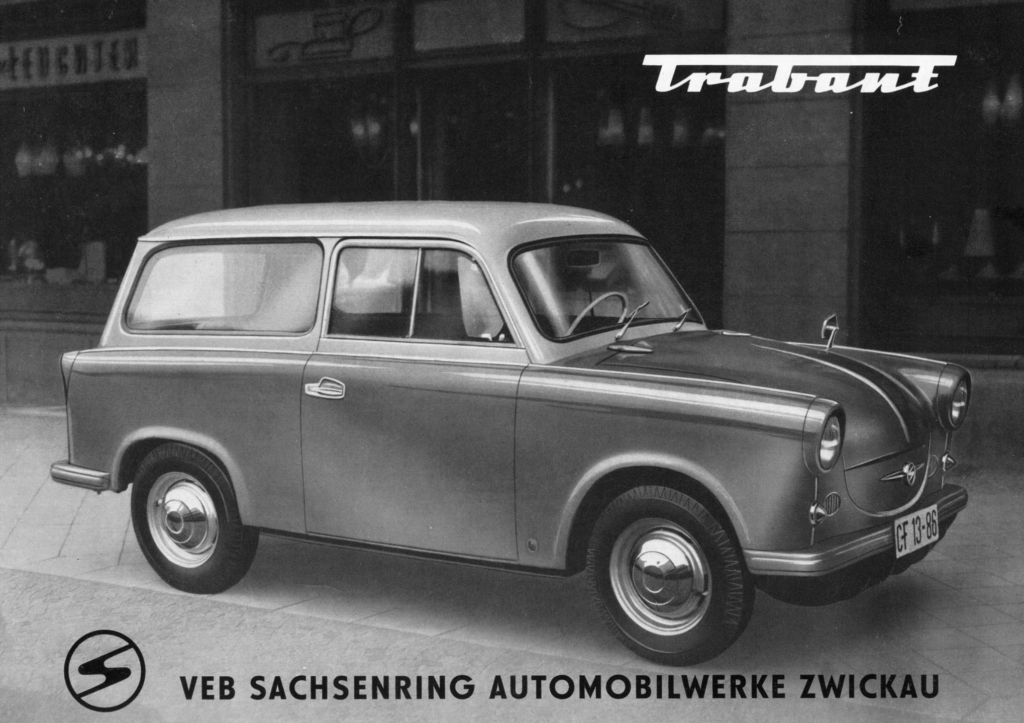
While it recycled many parts from the DKW-based IFA F8, the P70 was a slightly larger, fancier car than the Trabant and one meant to test out the use of a new material, Duroplast, in mass car production. Made from cotton waste that was hot pressed into light, durable body panels, Duroplast was clever and didn’t rust, but it was vulnerable to water damage over time.
The engineering and production teams, led by Dr. Werner Lang and Heinz Meithe, learned many lessons from the P70. By ditching that car’s wood frame for a steel under tub protected by the Duroplast exterior, the then-unnamed “Type 50” would be much more durable. The Type 50’s stylist wasn’t recorded, but it was cute, with an easily anthropomorphized smiling face. There were two bodies, a two-door sedan and a two-door wagon, also built as a van for export.
Mechanically, the Type 50 was also very DKW-like. Power came from a transversely-mounted 499-cc two-stroke twin driving the front wheels via a column-shifted unsynchronized four-speeder. With 17 hp and a light body, it could hit 90 kph (56 mph) flat out and return 35 mpg while seating four. The suspension was fully independent with transverse leaf springs at both ends, and the rack-and-pinion steering was precise and advanced for the day. The brief had been met.
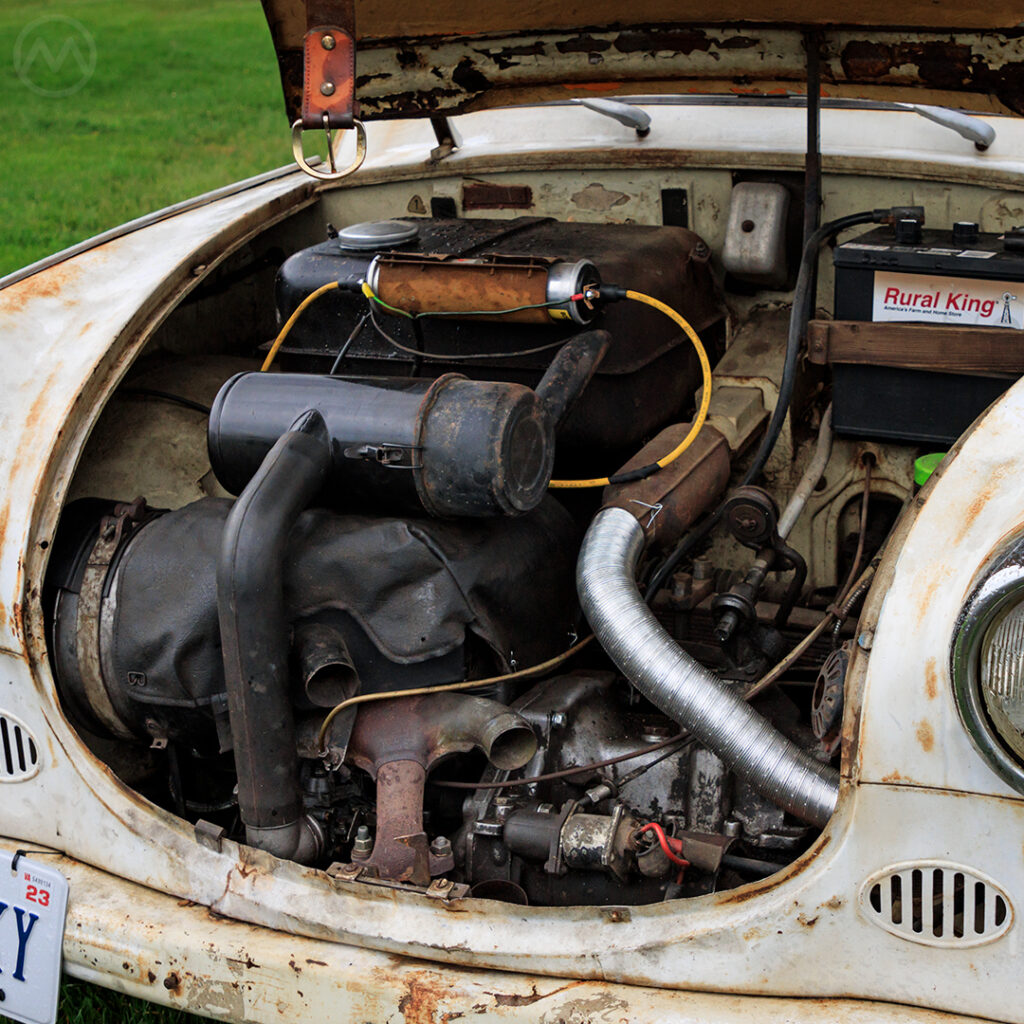
Launching the Satellite, Trabant P50 to Trabant 600
Type 50 Prototypes were running by late 1955 and the design was more or less completed in mid-1956, and the factory line started on November 7, 1957. Just a month after the Soviet Union’s launch of Sputnik I, Sachsenring held an internal contest to name the car and the workers chose “Trabant,” which loosely translates to “Satellite.”
Although it doesn’t sound like much today, by the standards of 1958 the P50 was actually quite a mature car. At the time it was exported to the Low Countries and West Germany, where it battled with the BMW Isetta, Glas’ Goggomobil, and other micros like the Heinkel and the Messerschmitt and Goggomobil. Against that opposition, or even the Fiat Nuova 500 and the Lloyd 600 (replacement for the older 400), it acquitted itself quite well in terms of comfort, room and driving experience.
Trabants also offered shoppers some very Detroit-inspired and decidedly un-Communistic frippery, including multi-tone paint jobs, Buick-like chrome sweepspears, and even factory options and a special “camping” model with a rollback sunroof.
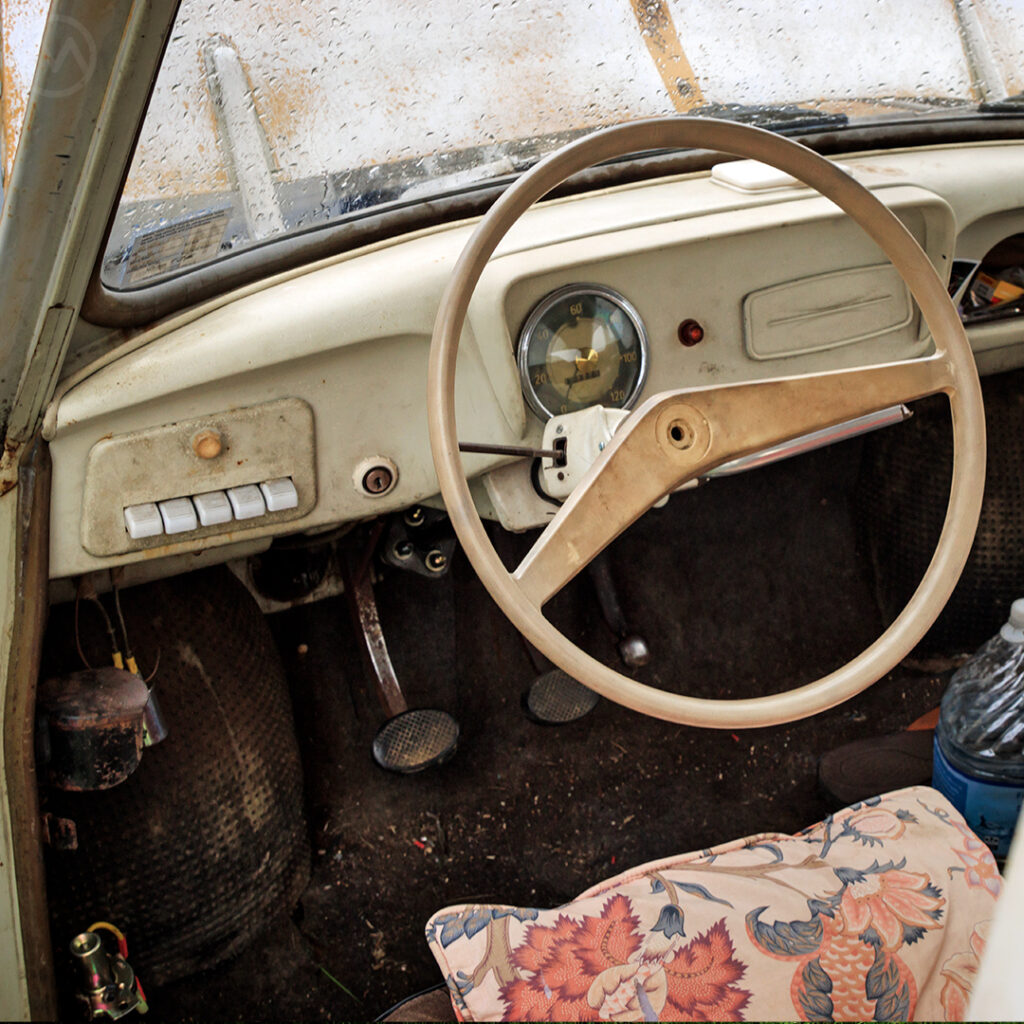
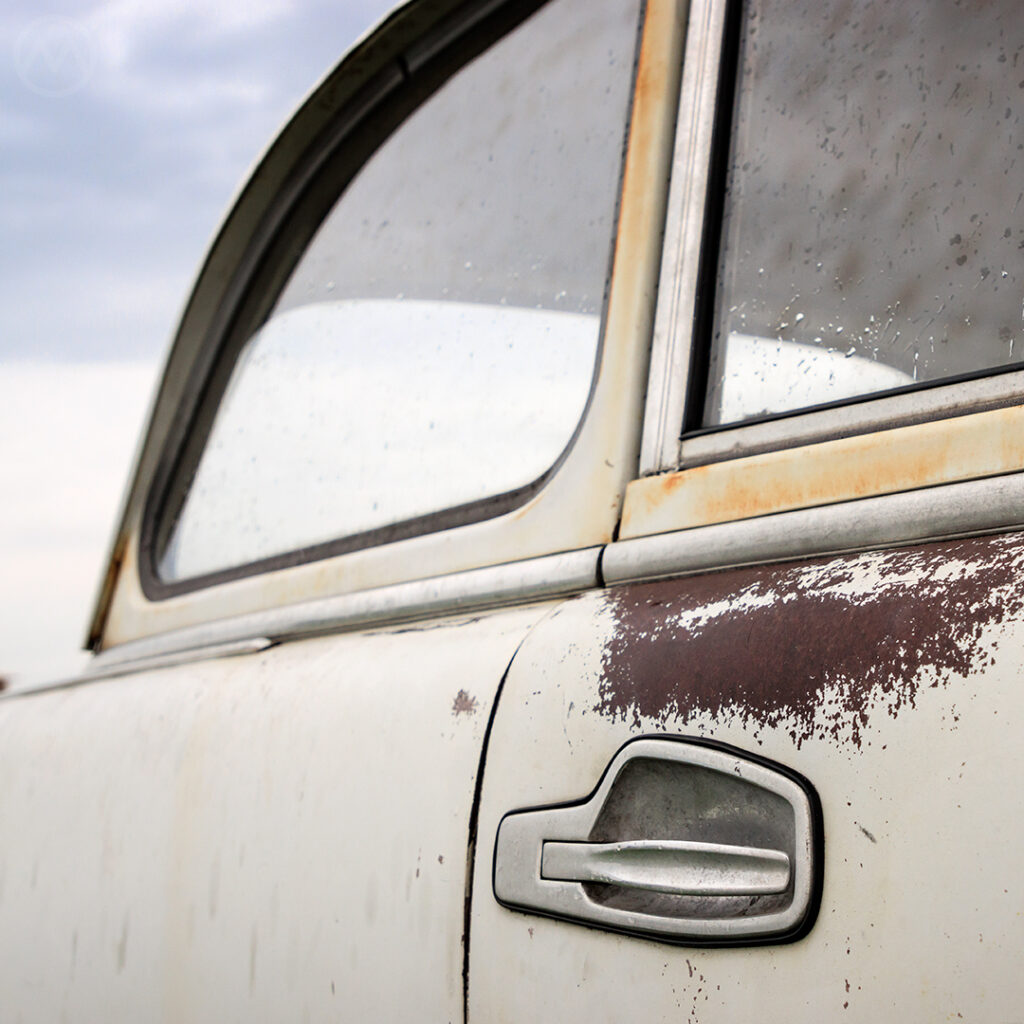
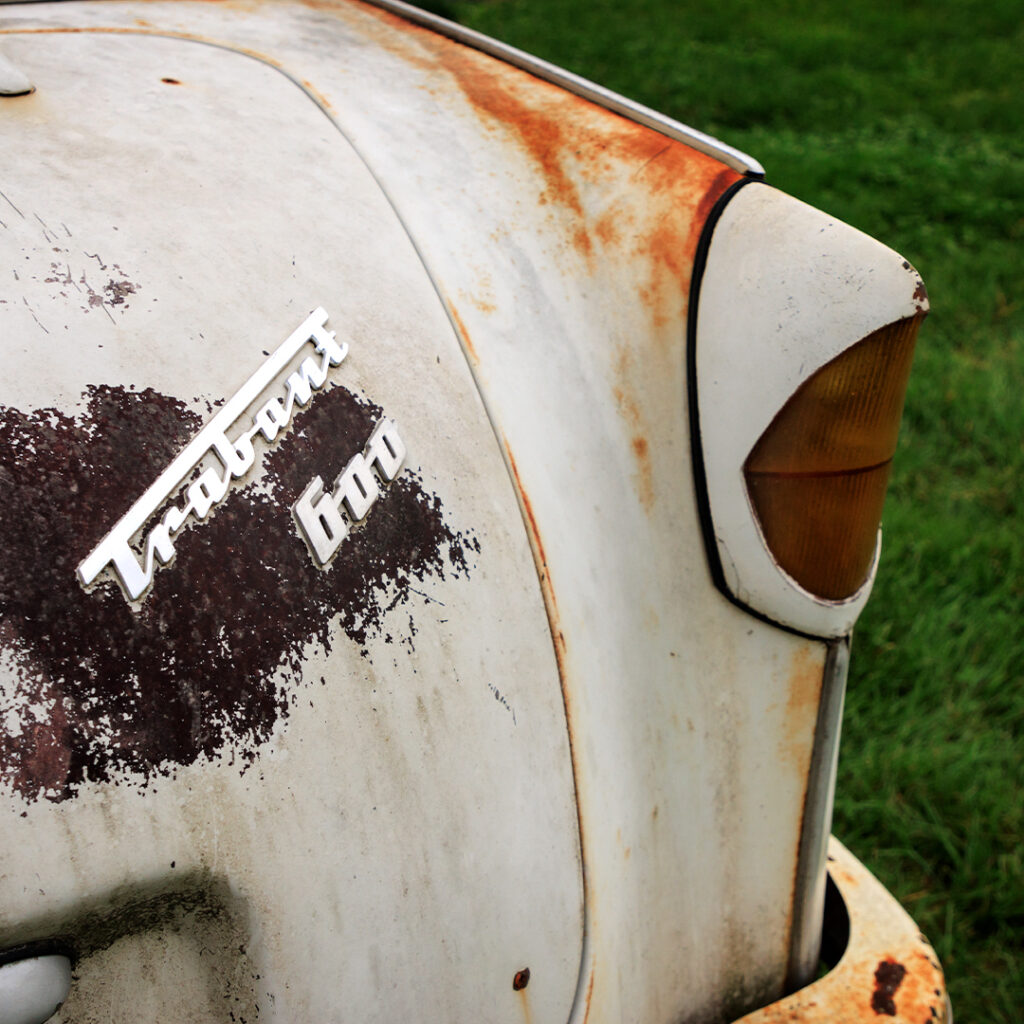
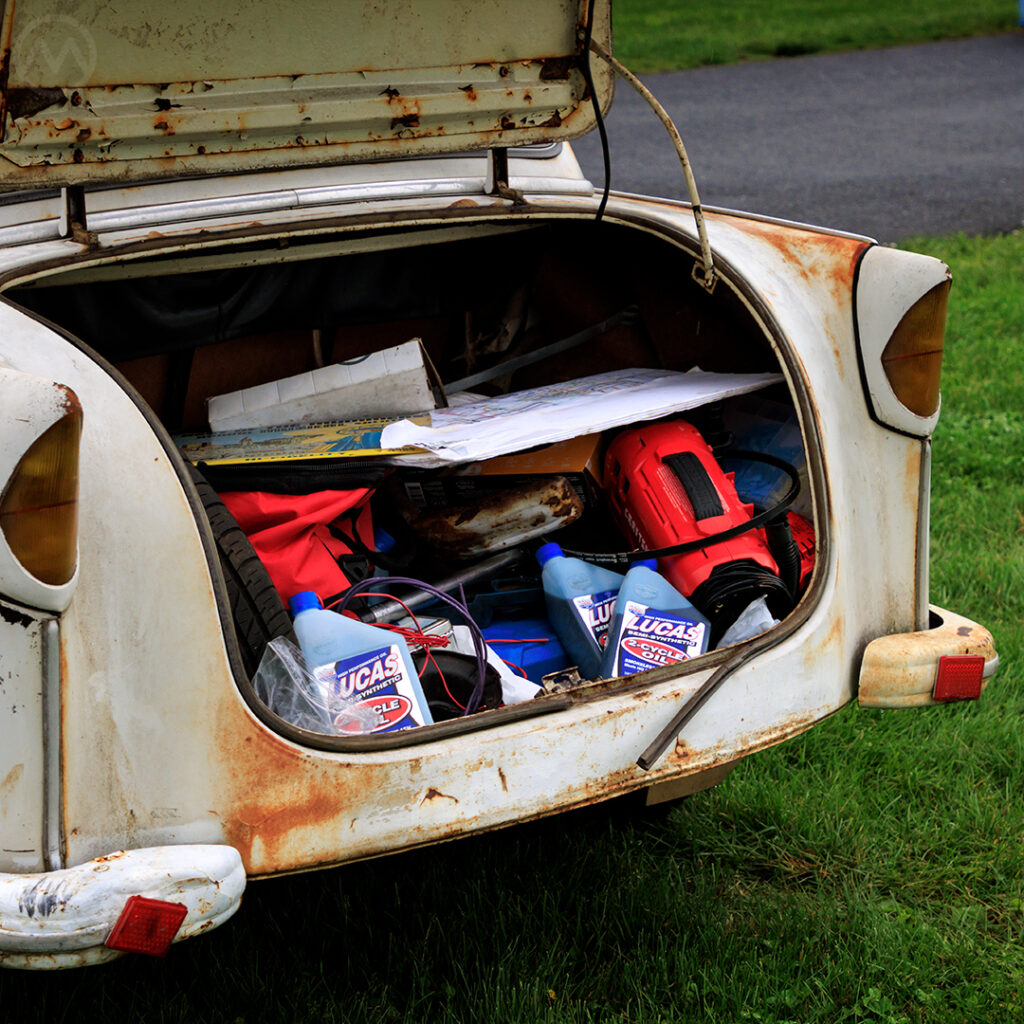
At heart though, this was a cheap and simple car by design. Five unlabeled switches activate the few powered systems, like the windshield wipers. A single round unit houses the speedo and a couple of gauges, and there’s a radio blanking plate. The engine could be removed by undoing just six bolts and disconnecting various cables and wires, and was light enough to lift out without a hoist. Good thing too, because the engines, built by Barkas (better known for their vans) were not as durable as they should have been.
Still, Sachsenring kept upgrading the car into 1964 in various series, with updated equipment and, in May of 1962, a synchronized gearbox. Officially debuting that October, the Trabant 600 had its engine bored out 594 cc and 23 hp and it inherited the synchro gearbox. It was faster and easier to drive than before and popular, and the waiting list at home, which first appeared in 1960, grew to 18 months for delivery. But the bloom was already fading.
Newer designs like the Mini and Renault 4 largely banished the 1950s-era micros in Western Europe, the Berlin Crisis and the creation of the wall alienated many potential export buyers, and the car was looking older and older. In early 1963, the Trabant 601 was introduced at the sixth congress of Ulbricht’s ruling SED (Sozialistische Einheitspartei Deutschlands) party.
Intended as a stopgap model, Sachsenring’s engineering teams effectively re-bodied the 600 into the 601, reusing almost all of the mechanical pieces. It was only intended to last until 1967, when they planned to introduce a totally new design. It went into production in 1964, running briefly alongside the Trabant 600 Universal (the wagon version).
But the government, and in particular Industry Minister Günther Mittag, a powerful and often provocative Politboro member, kept canceling every proposal they made, mainly as they were more sophisticated and costly vehicles (some used rotary engines) that he felt would cost too much for workers, who already faced lengthy waits for new cars.
In 1968, the engineers came up with the Renault 5-like P603 hatchback, which purposely re-used many 601 components to hold the cost down. Mittag again said no and did so several more times in the 1970s. By the 1980s, there wasn’t enough money to modernize, so the 601 soldiered on until 1990. While Mittag was hailed as a hero by the Politboro negotiating huge loans from West Germany to prop up the GDR’s declining economy, it was in part his decisions that led to the Trabant becoming publicly symbolic of the country’s problems.
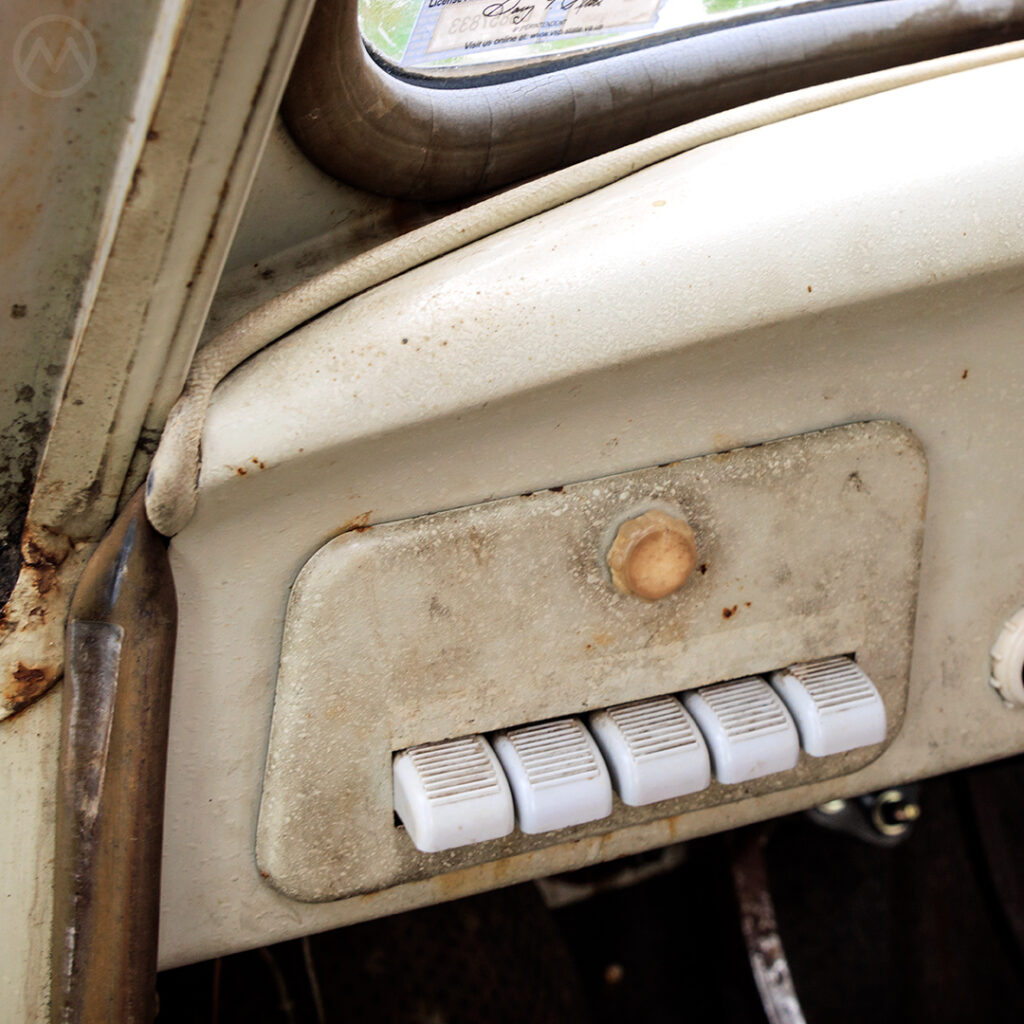
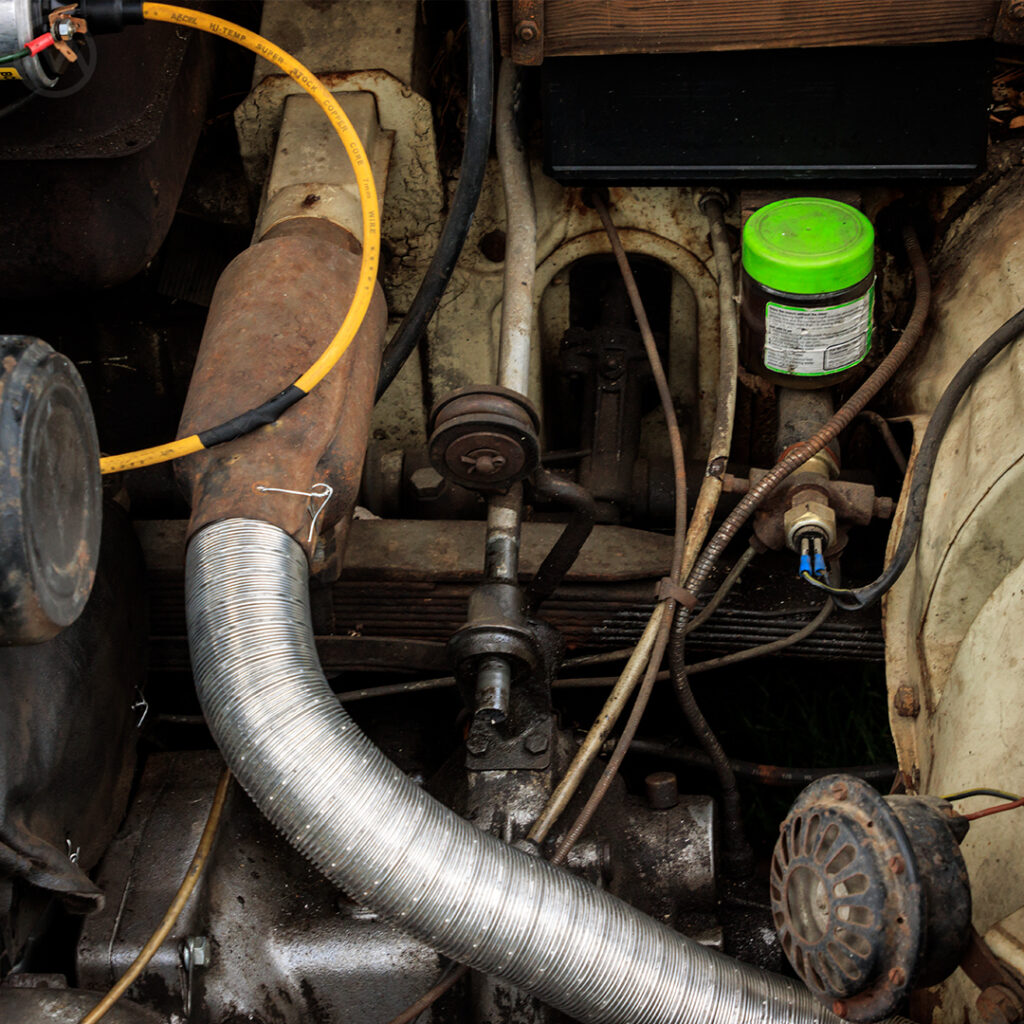
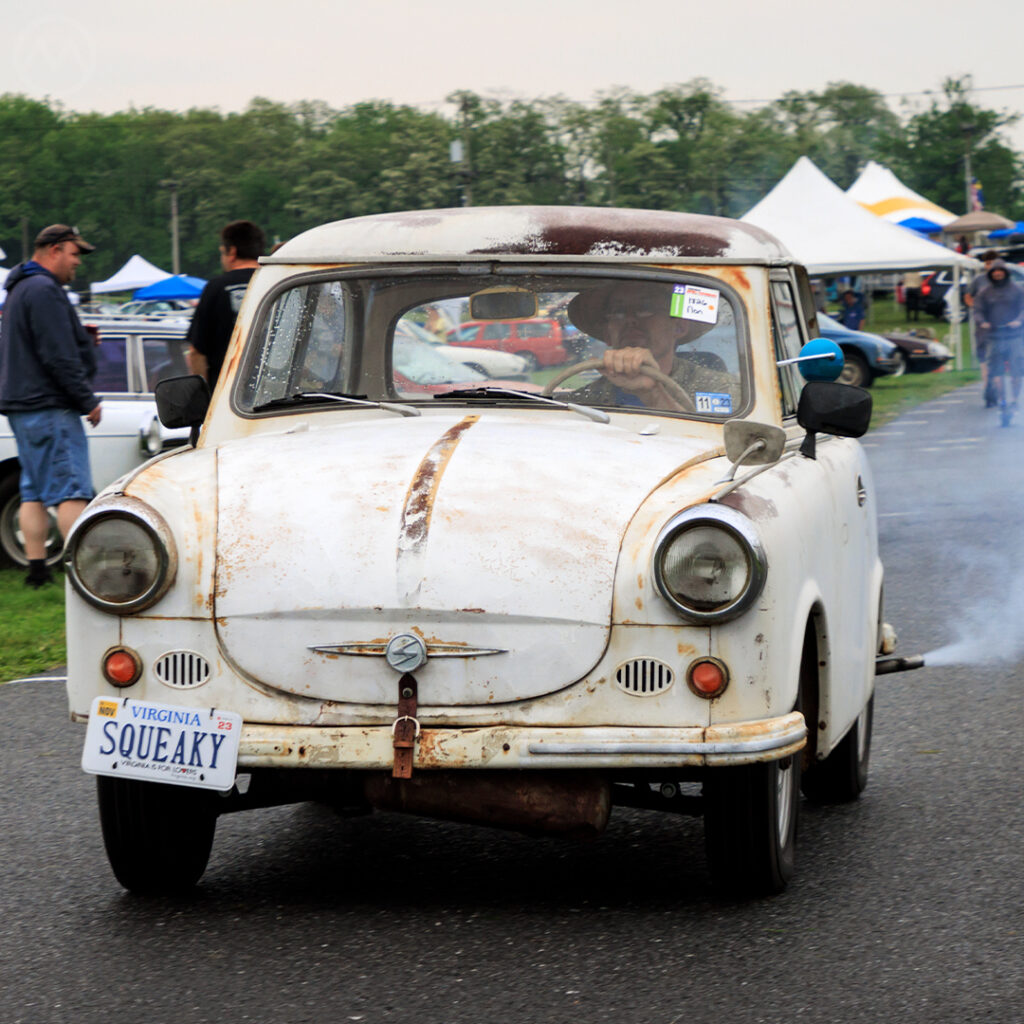
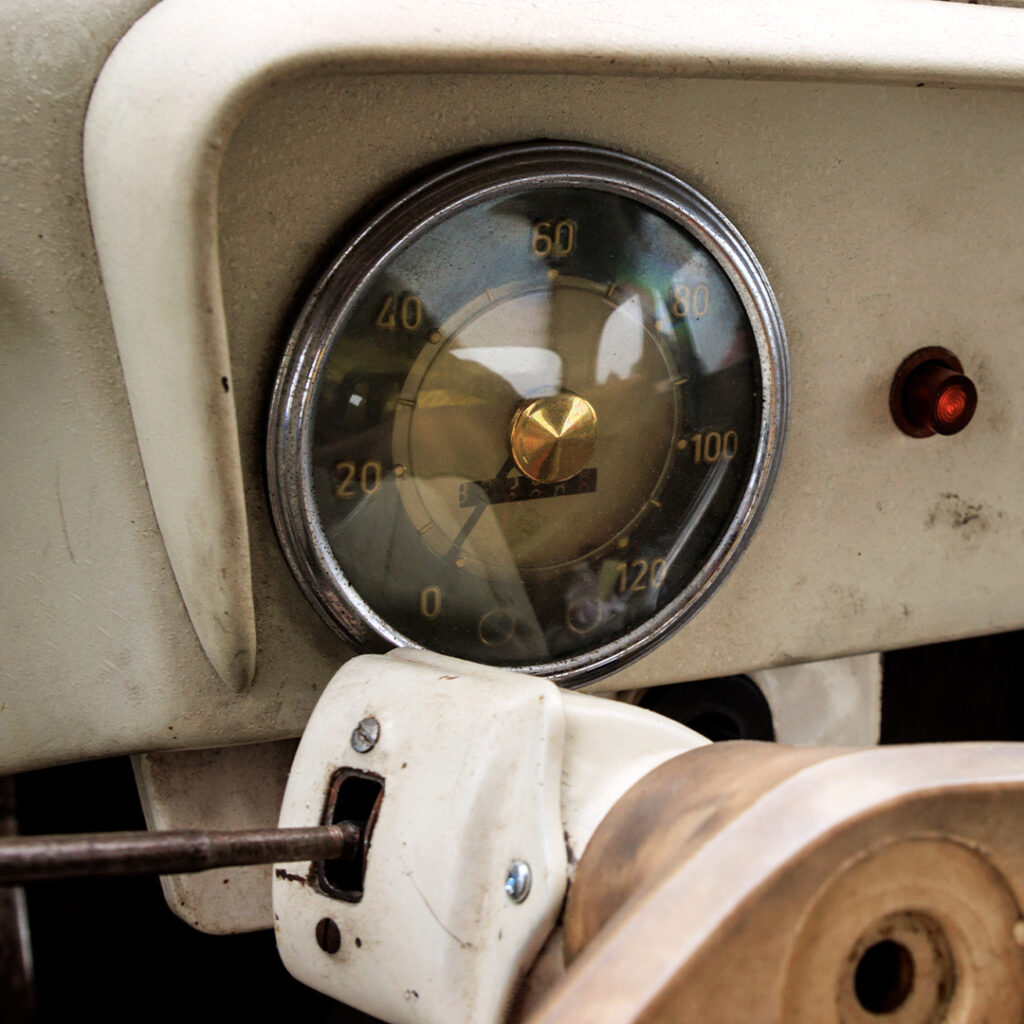
After the Fall
On November 9, 1989, after a months-long chain reaction that started with the loosening of travel restrictions between Hungary and Austria, the Berlin Wall came down as the GDR’s tight control over its citizens collapsed. Smokey Trabants streamed over the border into West Germany and Austria and became an international symbol of the fall of the Iron Curtain.
While they quickly became a cultural phenomenon, as seen in U2’s Anton Corbijn-directed music video for One and the 1991 German film Go Trabi Go, former GDR citizens were quick to abandon them. Nor were they interested in the factory’s last gasp, the Trabant 1.1, a lightly updated 601 powered by a water-cooled Volkswagen four-stroke. Production ended on April 30, 1991.
Bashaw doesn’t know who the original owner of his Trabant 600 was, but its story is a common one from that time. It was found abandoned under a car cover in an East Berlin carpark in 1990 and ended up getting imported to Ohio not long after. While the cars were legal in all of Europe and the U.K., the then-recently enacted 25-year-rule kept most Trabbis out of the U.S. until much later, and very old Trabants were essentially valueless in the now-former GDR.
“It was apparently brought over as kind of a joke, but the person who imported it drove it for a while until some failure happened, and then he parked it in a field for the next 20 years under a cover,” Bashaw says.
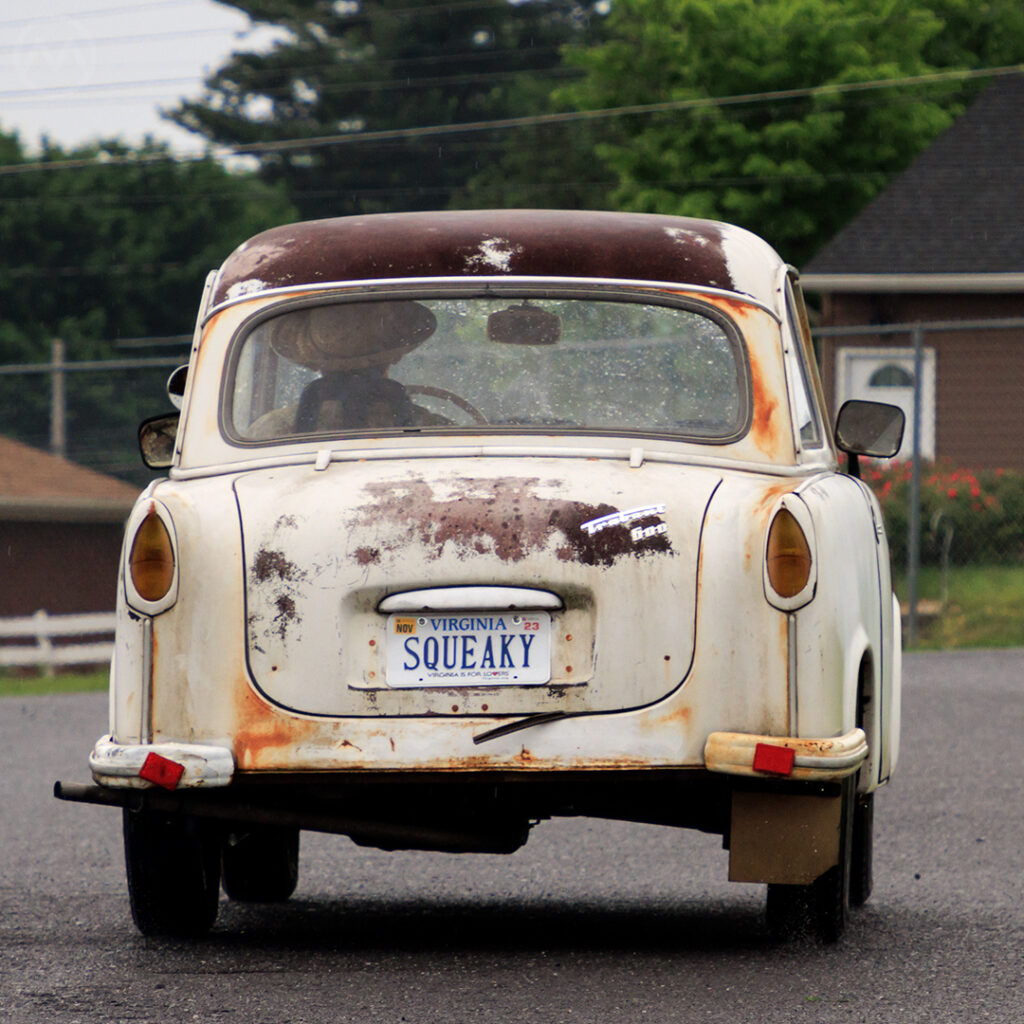
Squeaky Returns to the Road
In the early 2010s, it moved to Tennessee, where a new owner got it running, until, Bashaw relates, “A piece of a spark plug broke off and destroyed one of the cylinders. That was pretty much the end of that.” Bashaw bought the car last November, with the engine in pieces and no easy way to repair it, though he does have enough spare bits to build a new one. In the meantime, he found a more expedient way to get “Squeaky” running.
“I pulled the engine out of my ‘84 and swapped it in on a Wednesday, got the car inspected and registered that same Friday and drove the Trabant Parade on Saturday,” he says. “The interstate is no fun in this, but I took the five lanes of doom 100 miles to DC and survived, and everybody loved the car at the parade.”
Bashaw has been regularly driving ever since, putting on too many miles for the car to qualify for a classic car insurance policy.
The engine, which boasts all of 27 horsepower to the original Trabant 600 motor’s 23, isn’t the only improvised fix. A thick leather strap holds the front hood closed, there are twin ignition coils, one for each cylinder, and what was once a plastic jar of Citric Acid for pickling serves as the brake fluid reservoir. “I do not recommend it, and once I get home I do have a more suitable replacement,” Bashaw adds.
The worn paint is from water wearing away the finish, leaving the Duroplast exposed. It can get slightly soft when it gets wet, so Bashaw tries to keep the car covered most of the time. But it hides no rot and Bashaw has no plans to repaint it. It wears its age well, and with all that patina it could easily be a background piece from Fallout 4. That alone attracts lots of attention, but not from everyone.
“When I use it for deliveries, nobody notices,” Bashaw says. “When you step out of this car in the winter and walk up to somebody’s door and the two-stroke smoke is wafting out of your sleeves, they just want you to leave their food and go.”

